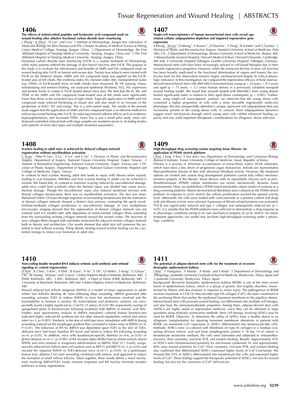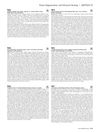Non-Coding Double-Stranded RNA Induces Retinoic Acid Synthesis and Retinoid Signaling to Control Regeneration

TLDR Double-stranded RNA helps regenerate hair follicles by increasing retinoic acid production and signaling.
The study explored the role of double-stranded RNA (dsRNA) in promoting hair follicle regeneration through the activation of retinoic acid (RA) synthesis and signaling. Researchers found that dsRNA treatment upregulated genes in keratinocytes similar to those upregulated by RA, with a significant overlap in gene expression (p<3.6x10^-15 and p<8.2x10^-80). In human keratinocytes, dsRNA specifically increased RA synthesis (n=3, p<0.001). In mice, dsRNA applied during wounding created an RA gradient correlating with areas of new hair follicle formation (n=4, P<0.01). This process was dependent on the presence of TLR3, as TLR3-deficient mice had lower RA levels and did not produce RA after wounding (n=4, p<0.05). Mice lacking the RA receptor alpha (RARa) showed a significant reduction in hair follicle regeneration (n=4-6, p<0.01 for keratinocyte-specific deletion; n=6-11, p<0.001 for global deletion) and did not respond to dsRNA treatment. However, administering exogenous RA activated hair follicle stem cell markers and restored regeneration in TLR3-deficient mice (n=6-11, p<0.05). A preliminary human trial indicated that combining ablative CO2 laser wounding with retinoic acid could induce the formation of small vellous hair follicles. These findings suggest that dsRNA/TLR3 responses and RA signaling are key mechanisms in tissue regeneration.


